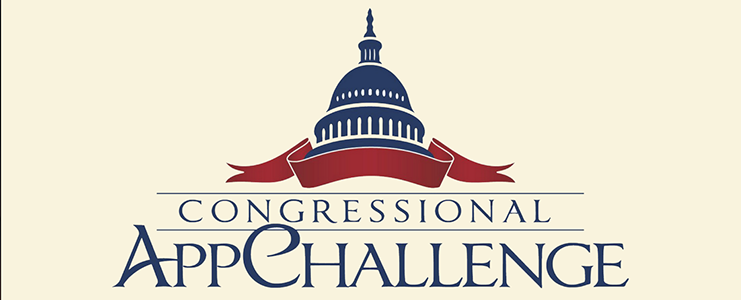— from Lynnette Wood —
Whether you call them senior citizens, “geriactives” or golden agers, the demographic trends are clear. According to State of Washington data, San Juan County already has more than twice the population of individuals age 65 and older as does the state overall, and the average age has been rising steadily for decades. Among the over 50 demographic group, the only sub-group projected to still be growing in size by 2040 are those over the age of 70. Clearly, we are an aging population whose needs are likely to evolve.
The survey “How Do We Build a Vital Future” was intended to gather information about those needs. The survey was conducted by the Orcas Senior Center as part of a larger “Aging on Orcas” assessment, with funding from the Orcas Island Community Foundation. Its focus was to identify and prioritize the unmet needs of those who choose to “age in place” on Orcas Island. The survey was designed to reflect “us, here, now”─ an inter-dependent rural community with limited options for external public or private support; a place where community investment is critical to maintaining our way of life. Because the demographic trends we are facing will affect the entire community, not just seniors, the survey was open to everyone.
A total of 272 individuals completed the survey, ranging in age from 27 to 92, with an average age of 69 years. Respondents were asked to rate issues according to their level of concern regarding each issue. The two top-rated concerns among all respondents were reduced ability to do the things they have always done, or used to do; and reduced ability to maintain home and property. Also highly rated were concerns about medical care, options for home health care, deterioration in physical health or in mental health, loss of mobility, and inability to carry out day-to-day activities. It is especially interesting to note that people were almost twice as concerned about housing for others as they were about housing for themselves.
Respondents were also asked to rate how much they valued some possible “solutions.” The highest rated solution in terms of value to respondents overall was to have an assisted living or similar facility on Orcas Island. Interestingly, the younger the group, the more highly they rated this solution. In fact, the older the age group, the more they rated this as having little or no value. This may be because those who actually need to move into an assisted living facility have already done so, leaving the island and leaving their relatively more healthy compatriots behind.
Other highly rated “solutions” were availability of additional home care services or home health providers; assistance in accessing medical care and physicians, specialists, referrals, and/or insurers; and more transportation options.
More people said they thought about someone else aging than they thought about themselves aging. Notably, almost 42% of respondents said they have been, or are currently, a caregiver (either paid or unpaid). It is perhaps not surprising, then, that caregivers would tend to think more about the aging of someone else than about the aging of themselves.
Also interesting was that tied for fifth in terms of value overall was “lectures and other educational opportunities.” This probably reflects the high average level of education of island residents, which is the third highest in the state, and their desire to remain intellectually engaged. While rated highly over all respondents, the rating decreased with age. This reflects the fact that as people age they can find it more difficult to leave their homes, especially in the evenings, to attend a lecture. Thus, attending lectures simply becomes less relevant to them.
Such insights will be explored further as the “Aging on Orcas” assessment continues, with further data analysis and the conduct of focus group discussions and outreach events. Ultimately, the results of the survey along with the results of the discussions will help define options for investment decisions ─ decisions that can now be justified with hard data. Not only will the survey results help guide investments today, they can also act as a valuable baseline against which to measure progress tomorrow.
At 1:30 p.m on Monday, February 5, the Senior Center will host a short presentation of the survey results followed by discussion. All are welcome. We hope you will attend.
**If you are reading theOrcasonian for free, thank your fellow islanders. If you would like to support theOrcasonian CLICK HERE to set your modestly-priced, voluntary subscription. Otherwise, no worries; we’re happy to share with you.**







